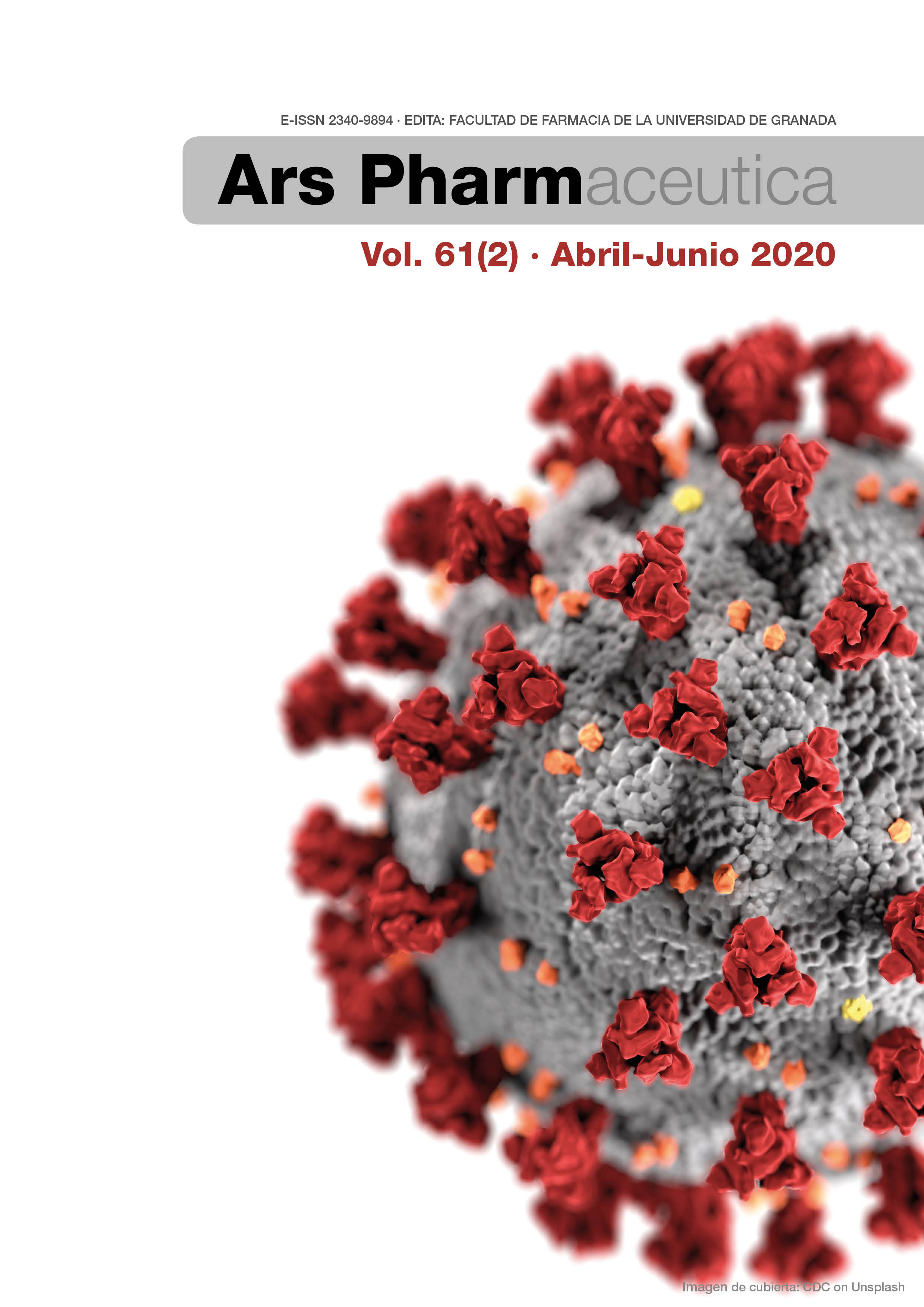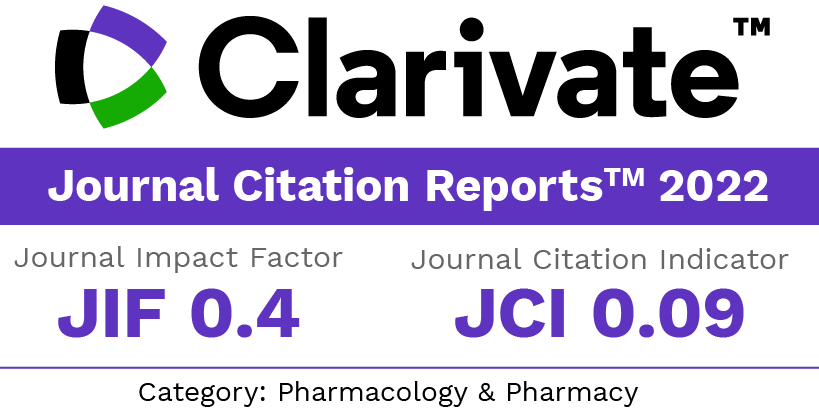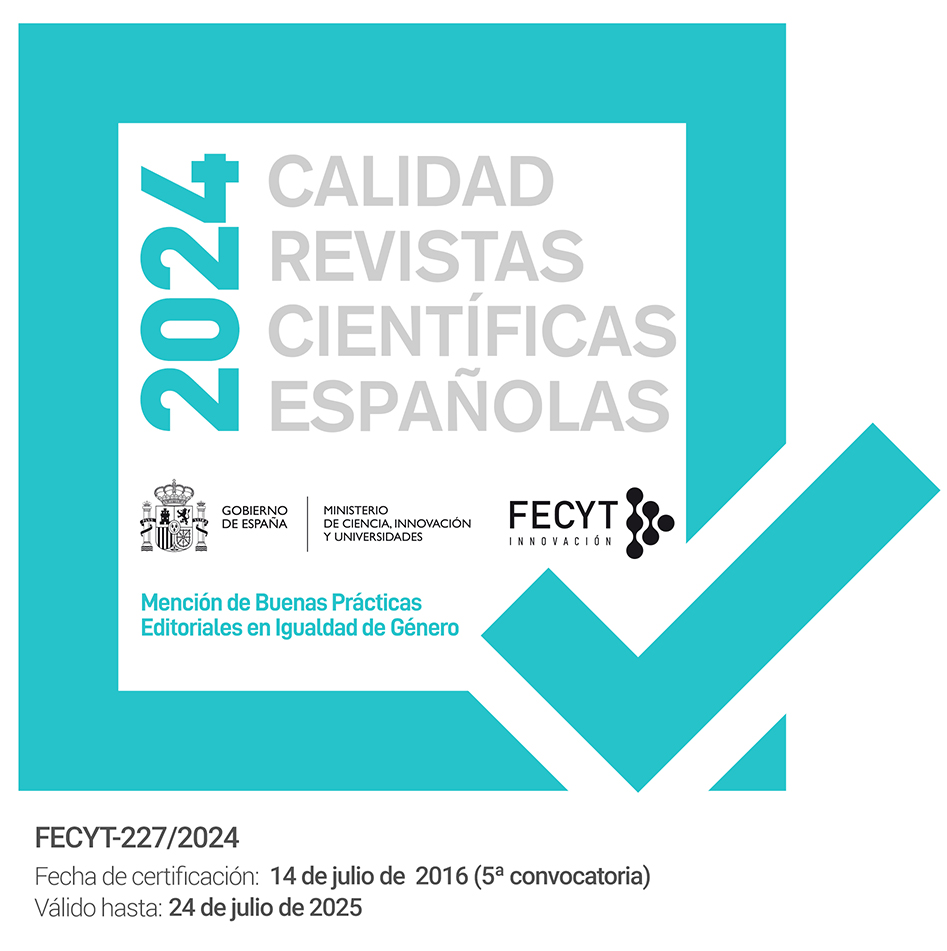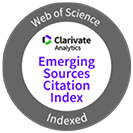Financial impact of antibiotic therapy face to bacterial multiresistance in emergency hospital in Pernambuco, Brazil
Keywords:
Bacteria, Drug Resistance Microbial, Hospital Costs.Abstract
Objective: The objective of this article was to analyze the financial costs of antibiotic therapy against bacterial resistance in a public hospital of high complexity located in the Agreste region of Pernambuco.
Method: It was performed a descriptive, retrospective and cross-sectional study based on data collected from Hospital Infection Control Commission (CCIH) and the Pharmaceutical Supply Center (CAF) of the investigated hospital. It was obtained by a structured instrument of data collection and the periodanalysed was from January to December 2016.
Results: The main clinical samples with presence of bacterial multiresistance were blood, urine and tracheal secretion, with a higher prevalence of the following bacteria: Staphylococcus aureus (23,08%), Coagulase-negative Staphylococcus (26,15%), Citrobacter sp. (19,23%), Enterobacter sp. (10,77%) and Pseudomonassp (7,69%). Faced to the multiresistance presented, the most common antibiotics used in the treatment were: vancomycin (21,7%), piperacillin-tazobactam (24,55%), ampicillin-sulbactam (10,4%), cefepime(18,43%) and meropenem (58,5%). The presence of resistant bacteria was a cause of increased costs in the treatment of patients. According to this study, the antibiotic therapy listed above generated a cost of R$83.298,83 and 49% of hospital death in 2016.
Conclusion: The prevention, through of policies related to the controland rational use of antimicrobials, is fundamental in the fightagainst hospital infections caused by multiresistant bacteria.
Downloads
References
Patzer CCW, Silva CF, Lewoy AMB, Santos RP. Georreferenciamento de bactérias multirresistentes do Hospital de Clínicas de Porto Alegre. J Infect Control 2015;4 (3):12- 16.
Vasconcelos DV, Oliveira TB, Araújo LLN. O Uso De Antimicrobianos No Âmbito Hospitalar E As Atribuições Do Farmacêutico Na Comissão De Controle De Infecção Hospitalar (CCIH), Artigo de Revisão Literária, 2016.
Franco JMPL, Mendes RC, Cabral FRF, Menezes CDA. O Papel Do Farmacêutico Frente À Resistência Bacteriana Ocasionada Pelo Uso. Revista Científica, Semana Acadêmica. Fortaleza, 2015;1(72)1-17.
Noemi Vieira P, Vicentino Vieira SL. Uso irracional e resistência a antimicrobianos em hospitais. Arq. Ciênc. Saúde UNIPAR, Umuarama. 2017;21(3) 209-212 . doi: 10.25110/arqsaude.v21i3.2017.6130.
Dias M, Monteiro MS, Menezes DF. Antibióticos e resistência bacteriana, velhas questões, novos desafios. Cadernos Otorri-nolaringologia, clínica, investigação e inovação, 2010.
Solís-Téllez H, Mondragón-Pinzón EE, Ramírez-Marino M, Espinoza-López FR, Domínguez-Sosa F, Rubio-Suarez JF et al. Análisis epidemiológico: profilaxis y multirresistencia en cirugía. Revista de Gastroenterología de México, 82(2):115-122, 2017. doi: 10.1016/j.rgmx.2016.08.002.
Ferraz CCB, Ortega FB, Silva RB, Leite LRC, Hildebrand CR. Fatores associados a infecções hospitalares causadas por microorganismos multirresistentes num hospital de ensino. Perspectivas Experimentais e Clínicas, Inovações Biomédicas e Educação em Saúde, PECIBES, 2016, 2, 52-57.
Nangino GO, Oliveira CD, Correia PC, Machado NM, Dias ATB. Impacto financeiro das infecções nosocomiais em unidades de terapia intensiva em hospital filantrópico de Minas Gerais. Rev Bras Intensiva, 2012; 24(4):357-361. doi: 10.1590/S0103-507X2012000400011.
Izaias EM, Dellaroza MSG, Rossaneis MA, Belei RA. Custo e caracterização de infecção hospitalar em idosos. Ciência & Saúde Coletiva, 19(8): 3395-3402, 2014. doi: 10.1590/1413-81232014198.12732013.
Gomes AC, Carvalho PO, Lima ETA, Valença MP, Aracele Cavalcanti ATA. Caracterização das infecções relacionadas à assistência à saúde em unidade de terapia intensiva. Rev enferm UFPE on line, Recife, 8(6):1577-85, jun., 2014. doi: 10.5205/reuol.5876-50610-1-SM.0806201417.
Silva FS, Brixner B, Oliveira CF, Renner JDP. Quais os fatores de risco e agentes responsáveis por infecções bacterianas em UTI? O Mundo da Sáude, São Paulo – 2018, 42(1): 61-76. doi: 10.15343/0104-7809.201842016176.
Quintero ES, Echeverri-Toro L, Ospina SO. Factores clínicos asociados a multirresistencia bacteriana en un hospital de cuarto nível. Infectio, ;19(4):161-167, 2015. doi: 10.1016/j.infect.2015.04.003.
Watanabe EM, Almeida VF, Ottunes AF, Dessunti EM, Pieri FM, Martins EAP et al. Impacto das infecções relacionadas à assistência à saúde em pacientes acometidos por trauma. Semina: Ciências Biológicas e da Saúde, Londrina, v. 36, n. 1, supl, p. 89-98, ago. 2015. doi: 10.5433/1679-0367.2014v35n2p89.
Rodrigues R, Slomp AM, Carneiro MB, Bernardi EAT. Perfil de utilização de medicamentos anti-infecciosos sistêmicos em um hospital oncológico. Revista Espaço para a Saúde Londrina 42. 2014;15 (4):42-52
Souza-Oliveira AC, Cunha TM, Passos LB, Lopes GC, Gomes FA, Röder DV. Ventilator-associated pneumonia: the influence of bacterial resistance, prescription errors, and de-escalation of antimicrobial therapy on mortality rates. Braz J Infect Dis. 2016;20(5):437-43. doi: 10.1016/j.bjid.2016.06.006.
Domínguez I, Rosales R, Cabello A, Bavestrello L, Labarca J. Evaluación del consumo de antimicrobianos en 15 hospitales chilenos. Resultados de un trabajo colaborativo, 2013. Rev Chilena Infectol. 2016;33 (3): 307-312.
Andrade CH, Kümmerle AE, Guido RVC. Perspectivas da química medicinal para o século xxi: desafios e oportunidades. Quim. Nova, Quim. Nova, 2018;41(4):476-483. doi: 10.21577/0100-4042.20170182.
Ribeiro VB. Detecção de resistência aos carbapenêmicos e avaliação de produção de Klebsiella pneumoniae Carbapenemases (KPC) em isolados clínicos da família Enterobacteriaceae. Tese de Doutorado. Porto Alegre, 2013.
Centro Europeu de Prevenção e Controlo das Doenças. Antibióticos de última linha estão a falhar: opções para lidar com esta ameaça urgente aos doentes e sistemas de saúde. Estocolmo: ECDC; 2016. doi: 10.2900/7792-1.
Santos RG, Alves CDS, Brasileiro Lemos LB, Jesus IS, Silveira Lemos G. Prescrições de antimicrobianos de uso restrito de pacientes internados em um hospital de ensino. Rev. Bras. Farm. Hosp. Serv. Saúde, São Paulo.2016;7 (1) 8-12.
Piedade DV, Silva LAF, Lemos GS, Valasques Júnior GL, Lemos LB. Interações medicamentosas potenciais em prescrições, contendo antimicrobianos de uso restrito, de pacientes internados em um hospital no interior da Bahia. Medicina (Ribeirão Preto) 2015;48(3): 295-307.
Zimlichman E, Henderson D, Tamir O, Franz C, Song P, Yamin CK et al. Heath Care-Associated Infections. A Meta-analysis of Costs and Financial Impact on the US Health Care System. JAMA Intern. Med 2013. doi: 10.1001/jamainternmed.2013.9763.
Downloads
Published
How to Cite
Issue
Section
License
Copyright (c) 2020 Gabriel Romero Melo do Rêgo Barros, Cícero Erison dos Santos Espíndola Melo, Maria Izabelle Santos de Oliveira, Josefa Elaine Silva Germinio, Rosiel José dos Santos, Sibele Ribeiro de Oliveira

This work is licensed under a Creative Commons Attribution-NonCommercial-ShareAlike 4.0 International License.
The articles, which are published in this journal, are subject to the following terms in relation to the rights of patrimonial or exploitation:
- The authors will keep their copyright and guarantee to the journal the right of first publication of their work, which will be distributed with a Creative Commons BY-NC-SA 4.0 license that allows third parties to reuse the work whenever its author, quote the original source and do not make commercial use of it.
b. The authors may adopt other non-exclusive licensing agreements for the distribution of the published version of the work (e.g., deposit it in an institutional telematic file or publish it in a monographic volume) provided that the original source of its publication is indicated.
c. Authors are allowed and advised to disseminate their work through the Internet (e.g. in institutional repositories or on their website) before and during the submission process, which can produce interesting exchanges and increase citations of the published work. (See The effect of open access).



















